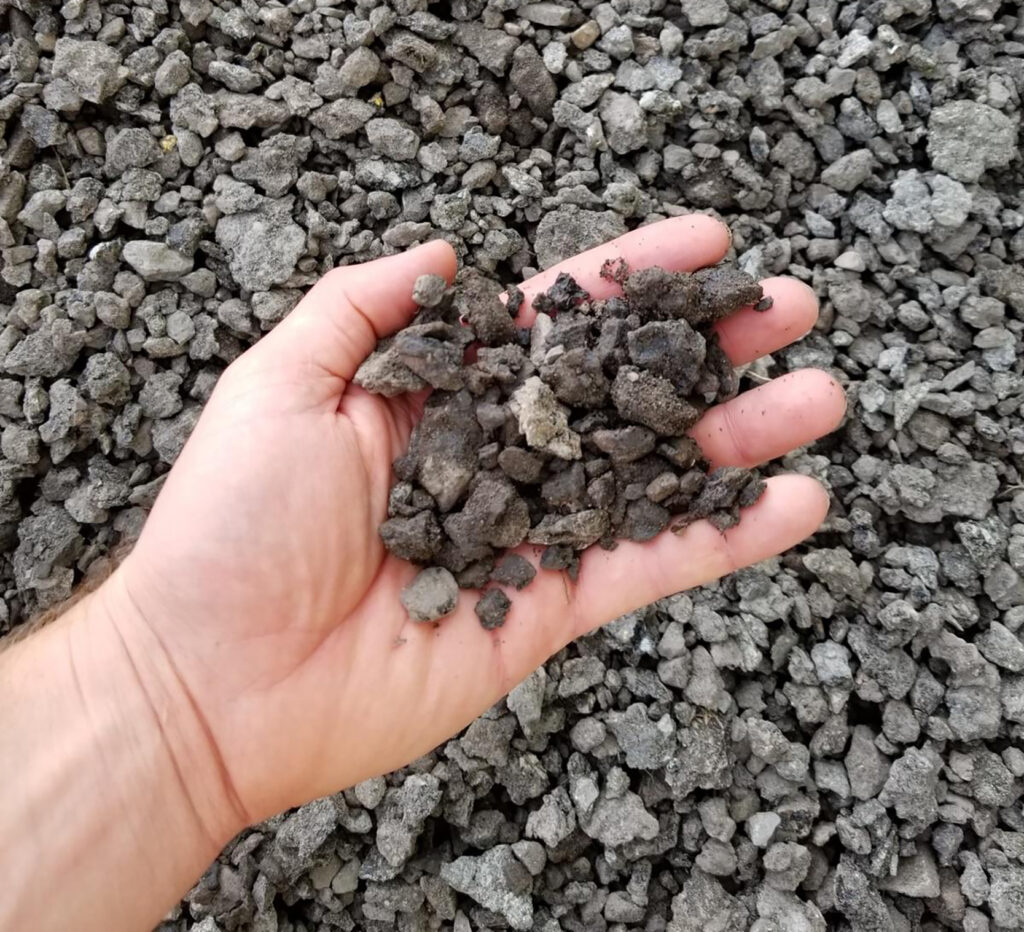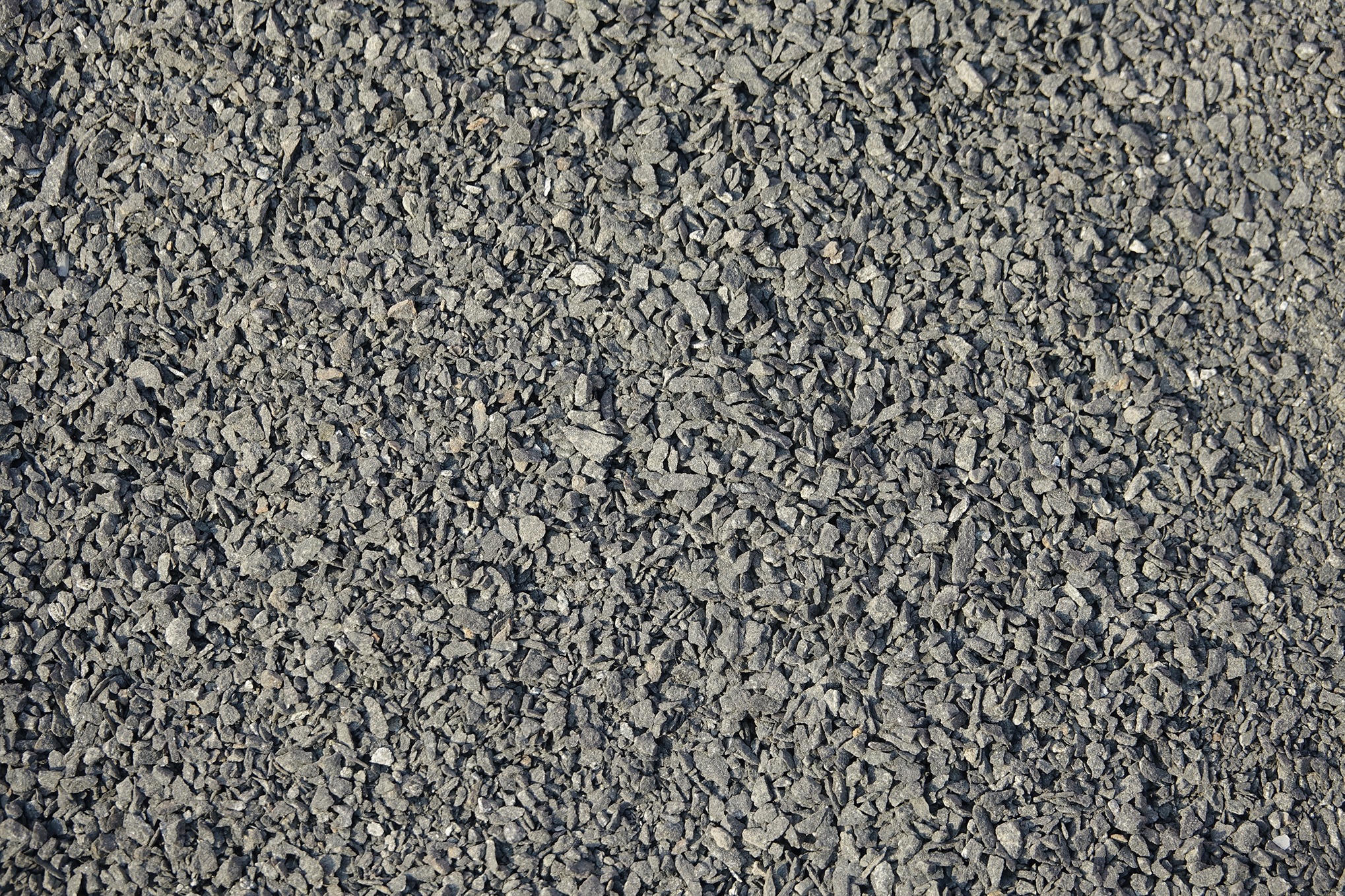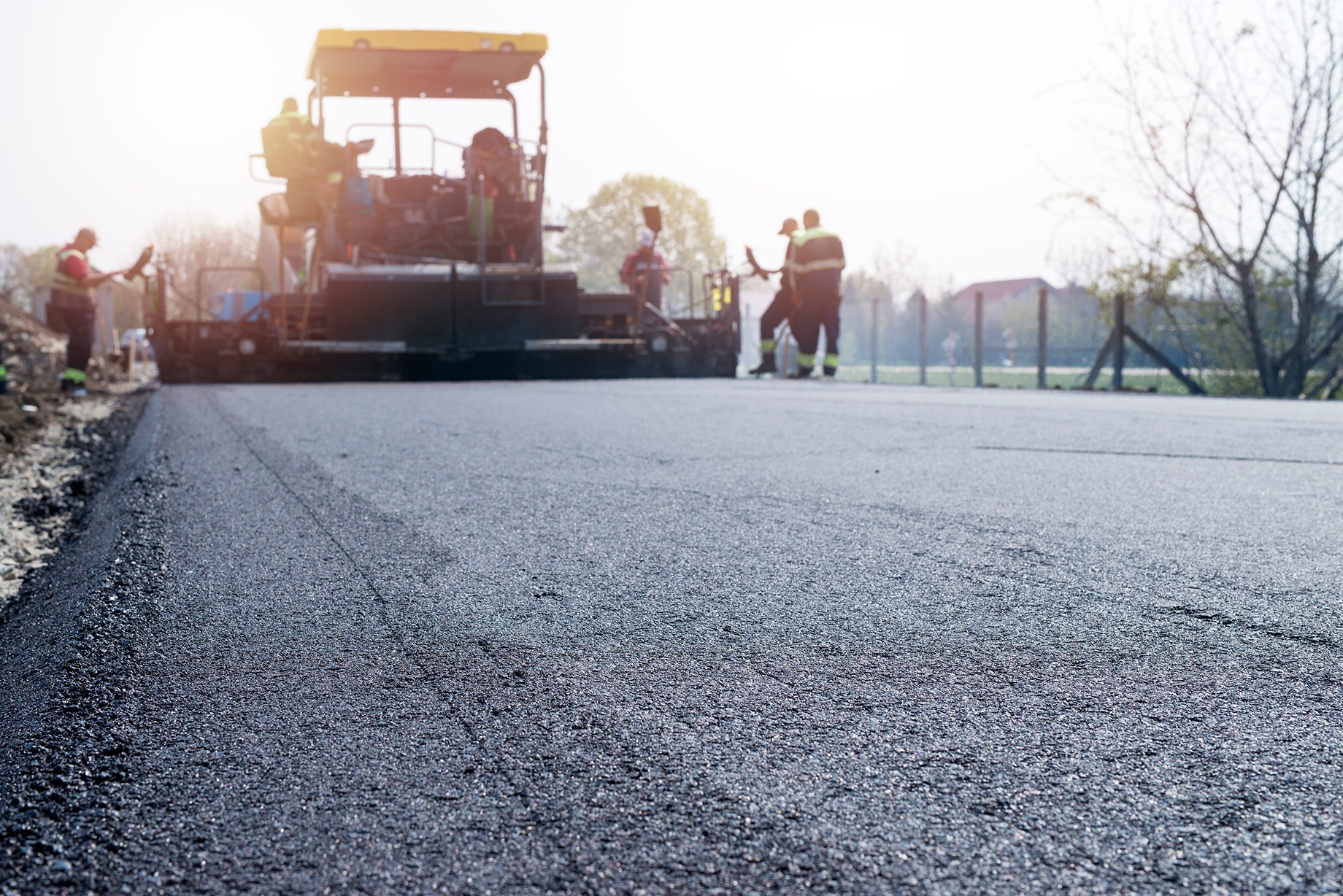Asphalt Millings, Are you tired of constantly shelling out money for asphalt maintenance services? Look no further, because the secret to saving money on asphalt maintenance is right at your fingertips – asphalt millings. It is recycled material is made from crushed and redistributed old asphalt, giving it similar characteristics to fresh asphalt or gravel.
What’s great about asphalt millings is that they can be used for a variety of projects, such as driveways, parking lots, and hardscape areas. Not only does this option provide affordability and durability, but it also contributes to a more eco-friendly approach to paving. In this blog post, we’ll delve into the process of asphalt milling, the different types available, and how it can benefit your project.
What is Asphalt Millings?
Asphalt millings, also known as recycled asphalt pavement (RAP), are a cost-effective and sustainable solution for road construction and maintenance. Derived from the milling of old asphalt surfaces, this material offers numerous benefits that make it an attractive alternative to traditional paving methods.
To produce asphalt millings, the existing road surface is milled off using specialized machinery, which grinds up the old pavement into small pieces. These millings are then collected and transported to a recycling facility where they undergo thorough cleaning and processing.
The resulting product resembles coarse gravel with dark grey or black tones, making it visually appealing for various applications. Asphalt millings have gained popularity in recent years due to their environmentally friendly nature.
By reusing existing materials instead of extracting new ones, this process reduces waste going into landfills while conserving valuable resources such as aggregates and bitumen. Additionally, their use contributes to energy conservation as less energy is required during production compared to virgin asphalt production.
The Cost-Efficiency of Asphalt Millings
One of the main advantages of utilizing asphalt millings lies in its affordability without compromising quality or durability. This cost-effective option can be used for resurfacing roads or parking lots while providing excellent performance characteristics similar to conventional hot mix asphalt.
Its ability to bind together allows for proper compaction when laid down properly by experienced professionals. Moreover, another key benefit associated with using asphalt millings pertains to its enhanced water drainage capabilities compared to other options like concrete pavements.
The porous nature of these materials facilitates better absorption of rain. This helps to slowly release the water into the soil, allowing it to be taken up by the roots of plants. Porous materials also help to reduce erosion caused by wind and rain.
How to Use Asphalt Millings for Asphalt Maintenance
If you’re wondering how to make the most out of your asphalt millings for asphalt maintenance, you’ve come to the right place! Asphalt millings are a versatile material that can be used for a variety of paving projects. Whether you’re repaving a driveway, fixing potholes, or working on a larger commercial project, asphalt millings can be a cost-effective solution. We’ll walk you through the necessary steps for a smooth and long-lasting surface.
First, proper preparation is key. Clear the site of any debris or vegetation, ensuring a clean and level surface. Next, grade the area to ensure proper drainage and stability. This step is crucial for preventing future damage to the asphalt. Finally, compact the base to create a sturdy foundation for the millings.
Now, let’s dive into a unique method for using asphalt millings – infrared asphalt repair. This process involves heating the damaged area, removing the old asphalt, and adding the millings to create a seamless patch. Infrared asphalt repair is not only efficient, but it also results in a durable surface.
When it comes to spreading and compacting the millings, make sure to spread them evenly across the area. This will ensure a uniform appearance and minimize the risk of any weak spots. After spreading, use a roller to compact the millings, creating a dense and sturdy surface. Multiple passes may be necessary to achieve the desired thickness and durability.
Speaking of thickness, it’s important to note that the recommended thickness for asphalt millings is typically around 2-3 inches. This thickness provides the necessary stability and longevity for your asphalt maintenance project.
By following these steps and utilizing asphalt millings, you can save money on asphalt maintenance while still achieving a high-quality and eco-friendly result. So why wait? Grab your asphalt sealer sprayer or contact asphalt maintenance services today, and get started with the wonders of asphalt millings!
Reasons to Consider Asphalt Millings over Gravel
When it comes to choosing the right material for your paving project, asphalt millings offer several advantages over traditional gravel. Here are reasons why you should consider using asphalt millings:
- Lower Cost:
One of the biggest advantages of using asphalt millings is the cost savings. Crushed asphalt millings are made from recycled asphalt pavement, making them significantly cheaper than new materials. By choosing asphalt millings over gravel, you can save money without compromising on quality.
- Lowers Use of Scarce Natural Resources:
Asphalt millings is their environmental impact. Using recycled materials like asphalt millings can help earn LEED credits and tax credits for certain projects. Additionally, choosing asphalt millings over gravel is kinder to the environment, as it reduces the need for mining and using scarce natural resources.
- Resistant to Weather:
It is highly durable and can withstand various weather conditions. They are resistant to cold temperatures, snow, and ice, making them ideal for regions with harsh winters. In fact, asphalt millings help with snow melting and prevent ice formation, making them a practical choice for areas prone to icy conditions.
- No Maintenance:
Unlike traditional gravel, asphalt millings harden over time, making them stronger and requiring little to no maintenance. Gravel driveways often scatter and need to be refinished or replaced frequently. They are also difficult to plow and prone to ruts, making them a hassle in the winter. Additionally, gravel driveways can stir up dust and debris in the summer, whereas asphalt millings offer a clean and dust-free solution.
Overall, contractors often recommend asphalt millings over gravel due to their cost-effectiveness, eco-friendliness, weather resistance, and low maintenance. So, the next time you’re considering asphalt repair or asphalt maintenance services, think about the wonders of asphalt millings instead.
How to choose the Asphalt Milling is Right for You
When it comes to choosing the right type of asphalt milling for your driveway or parking lot, there are a few factors to consider. First and foremost, you’ll need to assess the level of damage to the surface. Is it just minor surface defects or are there larger foundational issues? Once you have determined the extent of the damage, you can proceed with selecting the appropriate asphalt milling method.
There are three main types of asphalt milling: planning, micro-milling, and fine milling. Planning is typically used for larger properties and roadways, where the surface defects are more significant. Micro-milling, on the other hand, is best suited for surface defects such as cracks and rough spots. This method focuses on smoothing out the surface and improving its overall appearance.
Lastly, there’s fine milling, which is used to repair foundational defects. This method involves removing the damaged surface asphalt and repairing it before overlaying a new sealant. The goal of fine milling is to restore faults and rejuvenate the road while keeping the asphalt milling intact.
So, whether you’re dealing with minor surface defects or larger foundational issues, there’s an asphalt milling method that’s right for you. By choosing the appropriate method, you can ensure that your driveway or parking lot is restored to its former glory. Say goodbye to asphalt repair near me and hello to a long-lasting and durable surface.
FAQ
What exactly is Asphalt Milling, and how does it differ from traditional paving methods?
Asphalt Milling is a precision process where the top layer of an existing asphalt surface is removed to a specific depth. Unlike traditional methods, it offers a sustainable and cost-effective solution by recycling the removed material for reuse in new asphalt projects, reducing environmental impact.
Why choose Asphalt Milling over a complete pavement replacement?
Asphalt Milling is a more sustainable option. By selectively removing damaged layers, we retain the structural integrity of the base and reduce waste. Its method is not only environmentally conscious but also more cost-effective, making it a smart choice for both your project and the planet.
"*" indicates required fields







I am thankful you explained to us that asphalt milling refers to the cost-effective and sustainable solution for road construction wherein the existing road surface is milled off before the millings are collected and sent to a recycling facility where they will be processed as new materials for the road surface. I need to resurface the driveway I have at home since there are lots of cracks and potholes so I’m worried that they’ll damage the tires of the new car I plan to buy next year. I’ll keep this in mind while I look for an asphalt removal company in Las Vegas to hire for help with the resurfacing soon.